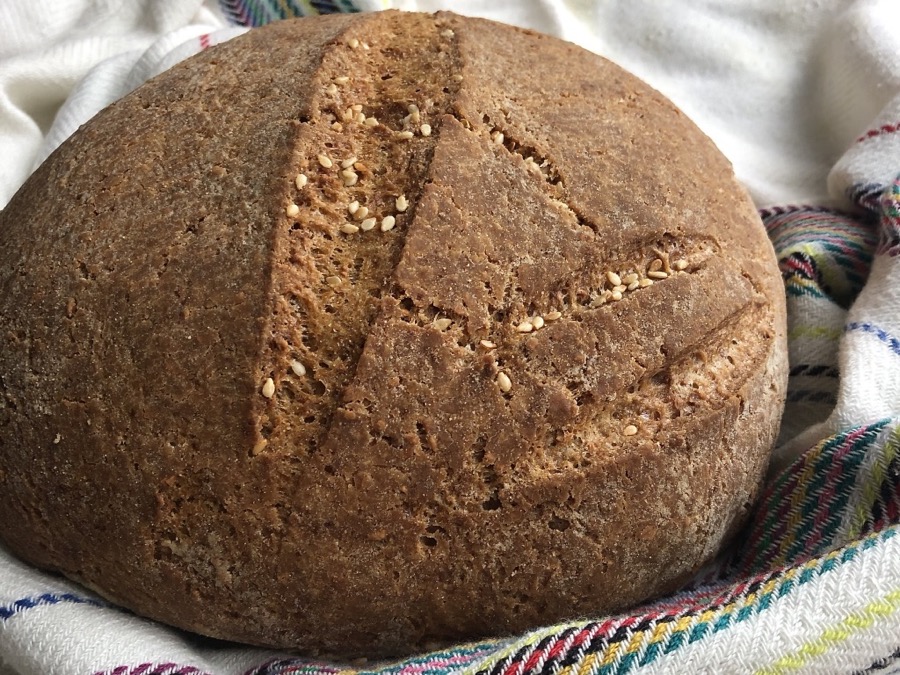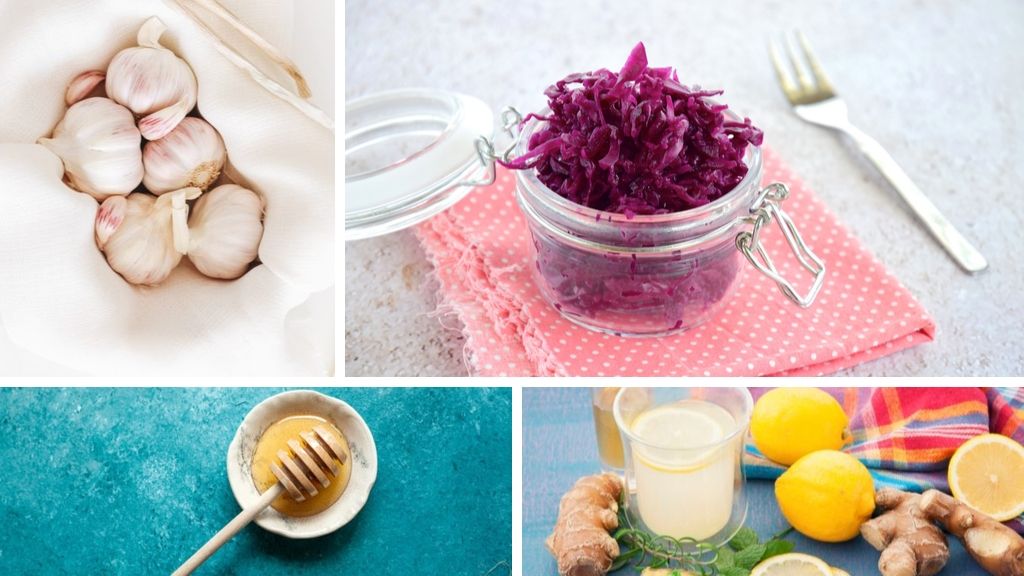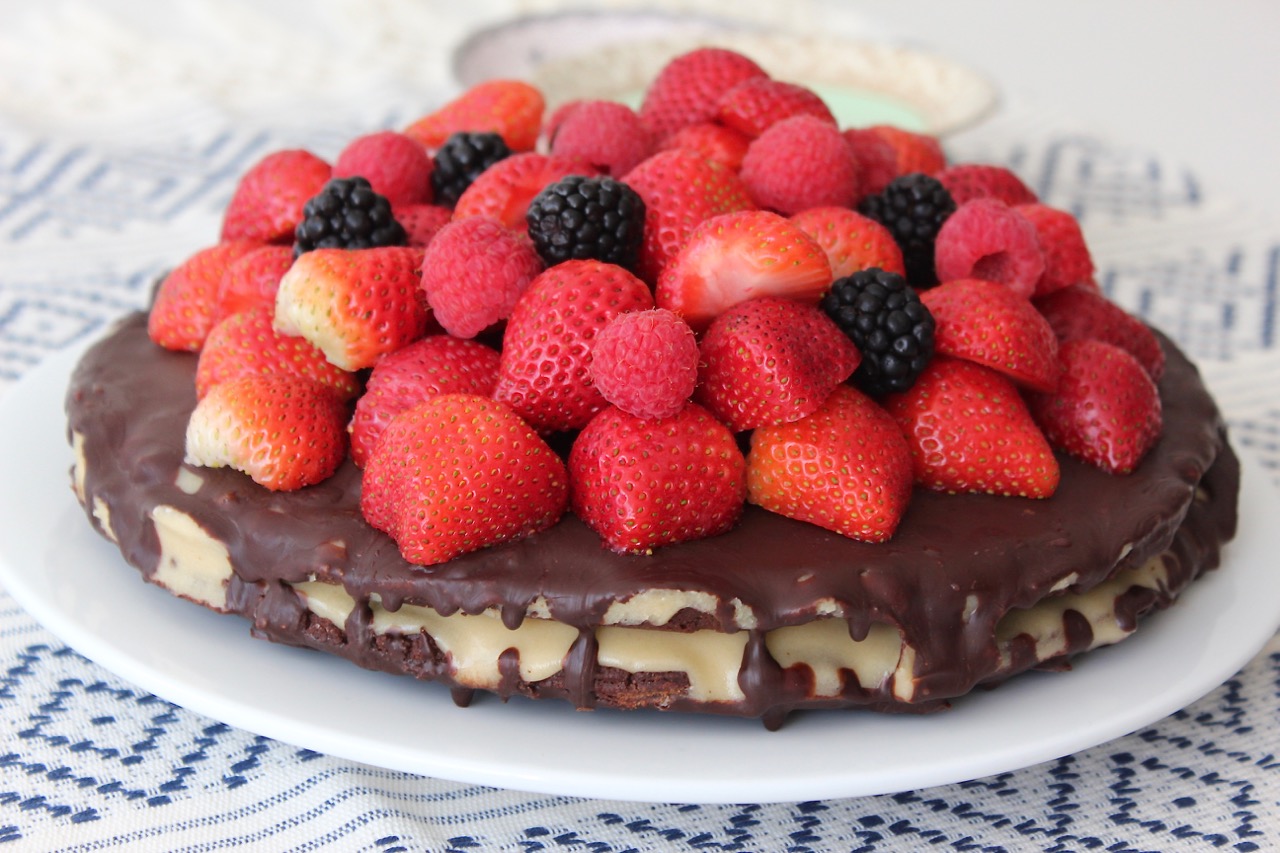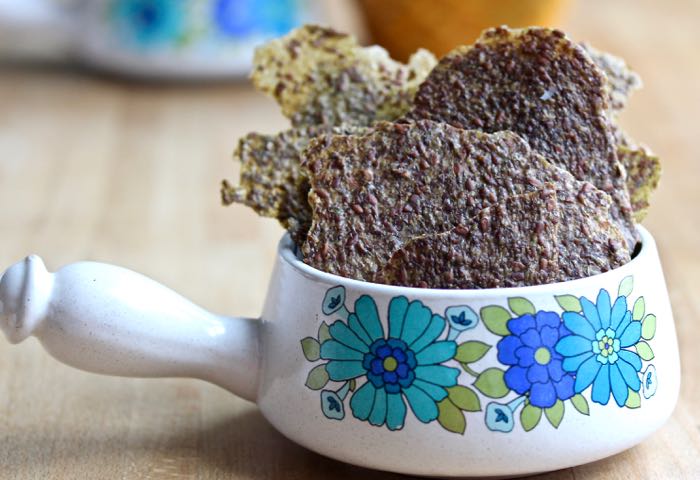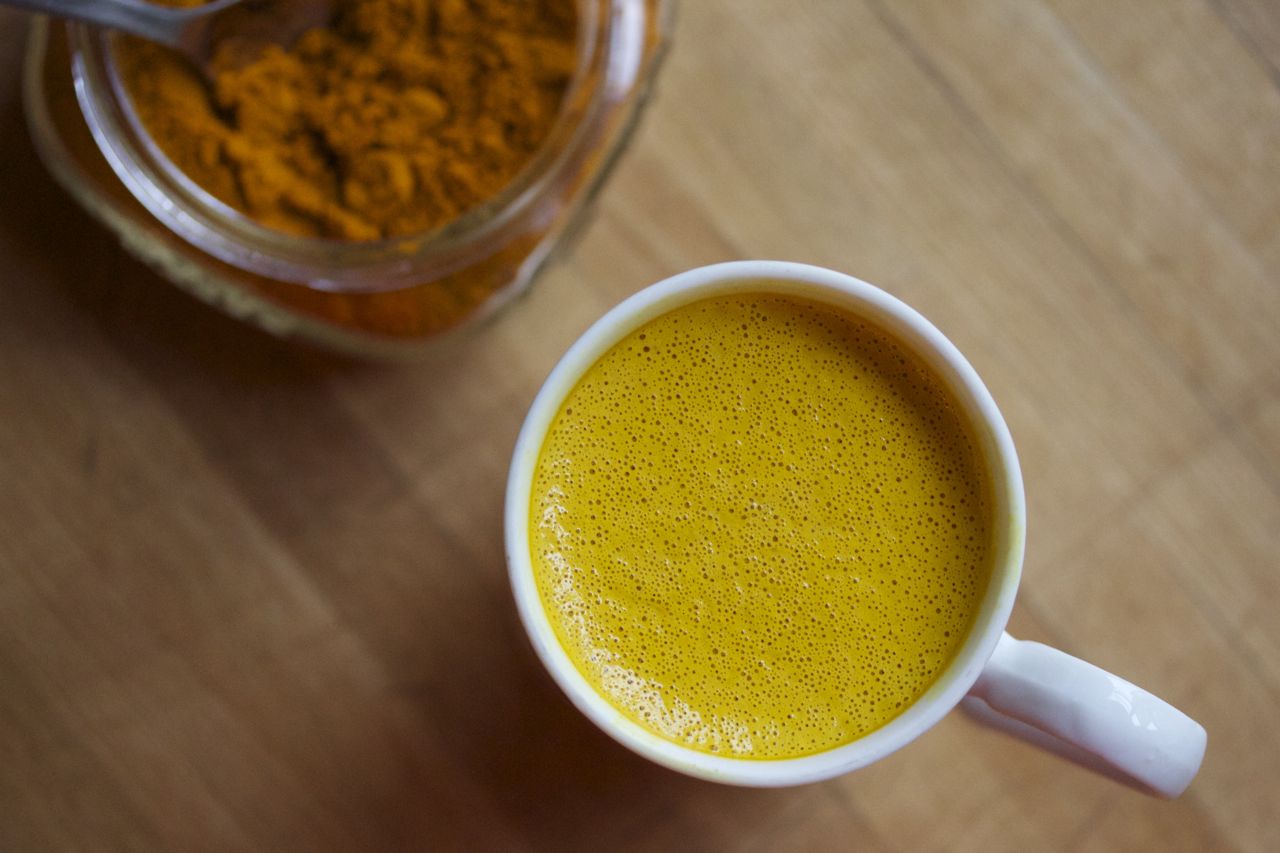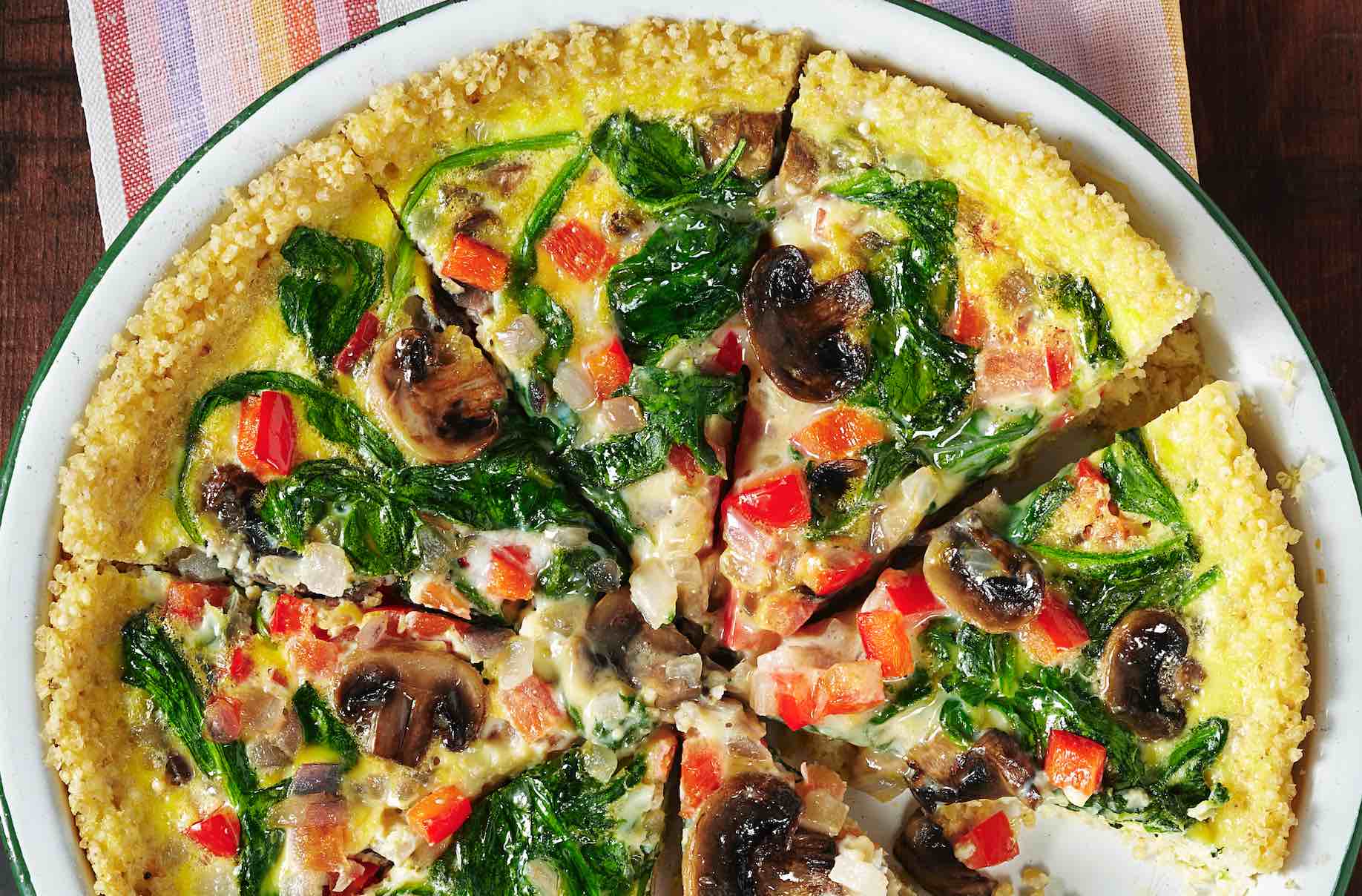Quinoa + Buckwheat Gluten-Free Bread
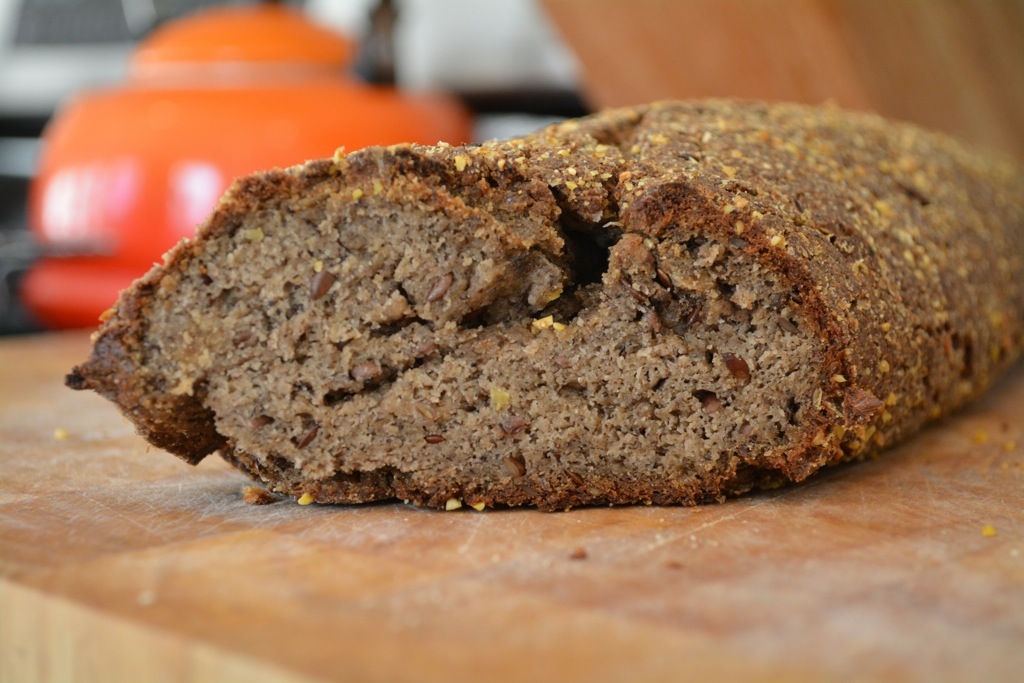
I realized today that I’d gotten too busy these last few months — because I hadn’t been baking bread! So today, during a bit of a chill afternoon, I made a new gluten-free loaf. And it is my new favourite!
It’s a yeasted bread, so it takes a little more planning time than a quick bread (like this Quinoa & Flax Seed Gluten-Free Quick Bread). There are two rising times: one after you first bring the dough together into a ball, and a second rise after you shape the dough into a long sausage-like loaf.
I adapted the recipe from a BBC recipe by Dan Lepard (the gluteny bread genius), and learned a new technique: toasting the flax seeds opens up the husks, so that the inside of the seeds can mix with the water in the dough to form a gel. This makes for a softer crumb, and a really delicious loaf.
Lepard also includes psyllium husk powder in his recipe. Psyllium husk powder absorbs a lot of water, and like the flax seeds, have a mucilaginous quality. So the combination of the flax seeds and the psyllium husks make for a less crumbly gluten-free bread. You can find psyllium husks at your health food store or bulk store — either as whole husks that you grind, or as a pre-ground powder.
I made this bread specifically to go with some egg salad I’ve been craving. Do you know I fell in love with Mr. KitchenOperas over his egg salad and lattes? Egg salad has a special place in our hearts, and it’s a great combination with this bread. I also think chickpea salad (make your favourite egg salad recipe with a half a tin of mashed chickpeas), hummus and sprouts, or almond butter and jam would be divine open-faced sandwich toppings on this bread.
I love multi-grain breads, so I replaced Lepard’s corn flour (which would make a rather white loaf) with half buckwheat and half quinoa flour. The combination makes a dense and nutty multi-grain bread, with a crispy crust and a soft crumb. I am really in love with the results. This is definitely going to be a new staple around here.
[recipe id=”703″/]
Free Resource Library
Enjoy more than 40 downloadable guides, recipes, and resources.















